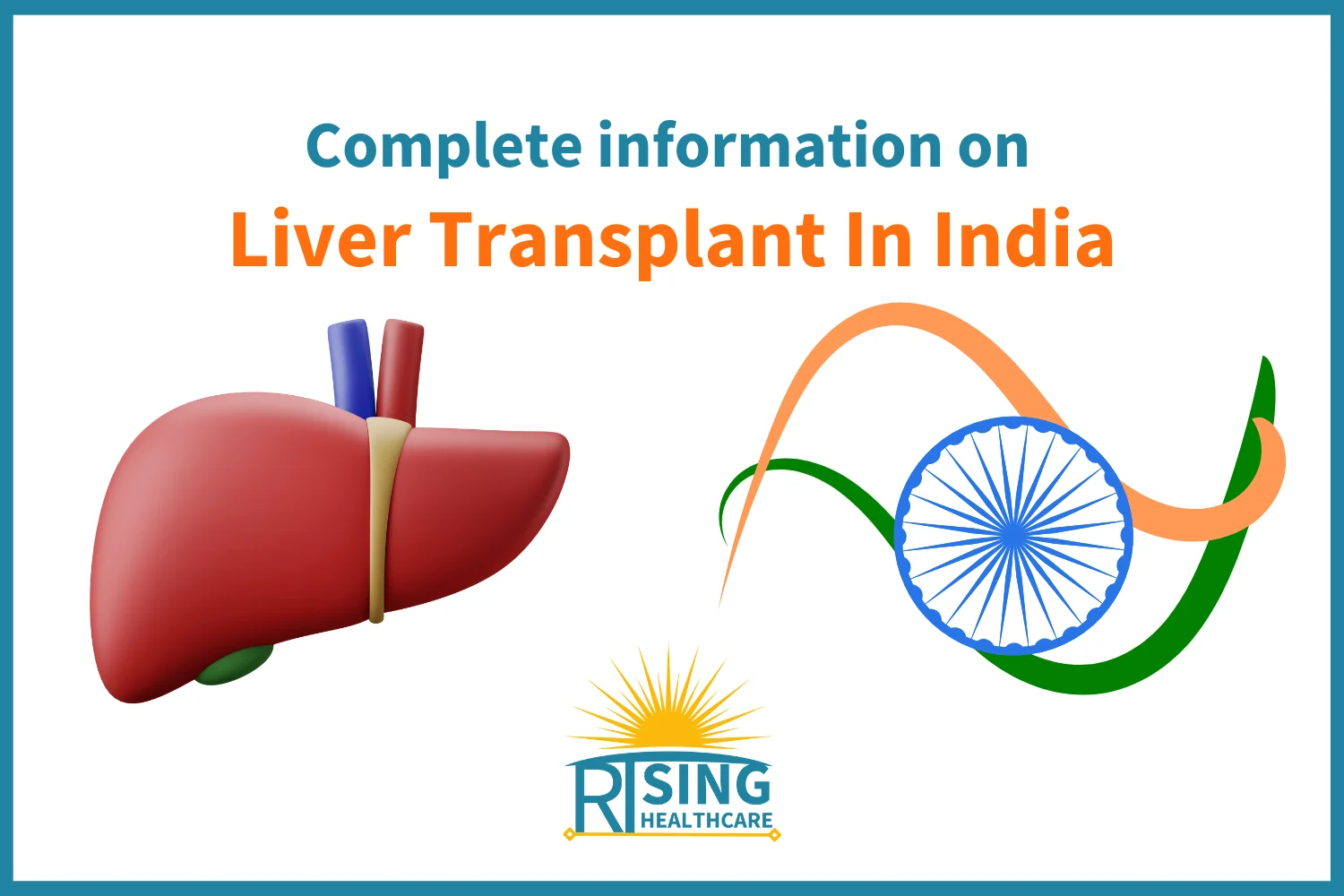
Imagine facing a life-threatening liver disease, knowing that your only chance of survival lies in getting a new liver. Now, imagine the hope and gratitude that would fill your heart if a family member or friend offered to donate a portion of their liver to save your life. This remarkable act of kindness is what Living Donor Liver Transplant (LDLT) is all about – giving the gift of life through the selfless act of liver donation.
In this article, we’ll explore what Living Donor Liver Transplant is, how it works, its benefits and risks, and the incredible impact it has on the lives of both donors and recipients.
Section 1: What is Living Donor Liver Transplant (LDLT)?
Living Donor Liver Transplant, often abbreviated as LDLT, is a surgical procedure in which a portion of a healthy liver is removed from a living donor and transplanted into a recipient who has end-stage liver disease or liver failure. Unlike deceased donor liver transplants, where the liver comes from a deceased person, in LDLT, the donor is a living, willing individual.
Section 2: How Does LDLT Work?
- Donor Evaluation: The process begins with a thorough evaluation of the potential donor’s physical and emotional health. The donor must be in excellent health to ensure that the liver can regenerate after donation.
- Recipient Evaluation: Simultaneously, the recipient undergoes a comprehensive medical evaluation to assess their suitability for the transplant and to determine the severity of their liver disease.
- Liver Regeneration: The liver is a unique organ because it has the remarkable ability to regenerate. When a portion of a healthy liver is removed from the donor, the remaining liver cells start to grow and regenerate, eventually returning to its normal size and function.
- Transplant Surgery: The transplant surgery takes place in an operating room, where the donor’s liver segment is carefully removed, and the recipient’s damaged liver is replaced with the donor’s healthy segment. The surgeon connects the blood vessels and bile ducts to ensure proper functioning of the transplanted liver.
- Recovery: Both the donor and recipient go through a recovery process after the surgery. The donor typically stays in the hospital for a few days to monitor their recovery, while the recipient’s progress is closely monitored as well.
- Post-Transplant Care: After the transplant, both the donor and recipient require lifelong medical follow-up to ensure the health and function of the transplanted liver.
Section 3: Who Can Be a Living Donor?
Not just anyone can be a living donor for a liver transplant. Here are some essential criteria:
- Good Health: Donors must be in excellent physical and mental health to withstand the surgery and ensure the liver regenerates properly.
- Compatible Blood Type: The donor and recipient must have compatible blood types for the transplant to be successful.
- Anatomical Compatibility: The size and structure of the donor’s liver segment must be compatible with the recipient’s needs.
- Voluntary Consent: Donors must willingly choose to undergo the procedure without any coercion or financial incentives.
- Emotional Readiness: Donors must be emotionally prepared for the process, as it can be physically and emotionally demanding.
Section 4: Benefits of Living Donor Liver Transplant
Living Donor Liver Transplants offer several advantages:
- Shorter Wait Times: Since the donor is living, there is no need to wait for a deceased donor match, which can take a long time. This shorter wait time can be critical for patients with severe liver disease.
- Better Graft Function: Transplants from living donors often result in better liver graft function and longer graft survival.
- Reduced Risk of Rejection: The liver is transplanted while it is still fresh and healthy, reducing the risk of rejection compared to deceased donor transplants.
- Saving Lives: Perhaps the most significant benefit is the opportunity to save a loved one’s life. The gift of a healthy liver segment from a living donor can mean the difference between life and death for a recipient.
Section 5: Risks and Challenges of Living Donor Liver Transplant
While LDLT is a life-saving procedure, it also comes with risks and challenges:
- Surgical Risks: Both the donor and recipient surgeries carry inherent surgical risks, including bleeding, infection, and complications related to anesthesia.
- Donor Recovery: Donors may experience pain, fatigue, and temporary changes in their digestive system during recovery. While the liver regenerates, it takes time to return to its full function.
- Emotional and Psychological Impact: The decision to donate a part of one’s liver can be emotionally and psychologically challenging for donors, even though it’s a voluntary act of generosity.
- Long-term Health Considerations: While donors can lead a healthy life with a reduced liver, there may be long-term health implications that require ongoing monitoring.
- Matching Challenges: Finding a suitable living donor can be challenging, as not all potential donors are a match for the recipient in terms of blood type and liver size.
Section 6: The Impact on Donors and Recipients
- Donors: For many donors, the act of saving a loved one’s life is incredibly fulfilling and rewarding. Despite the challenges and risks, they often experience a deep sense of pride and satisfaction in their decision.
- Recipients: For recipients, LDLT is a second chance at life. They can regain their health, return to a more normal lifestyle, and enjoy the precious moments with their loved ones that they might have missed otherwise.
- Families: The entire process can be emotionally taxing for both the donor’s and recipient’s families, but it often strengthens the bonds among family members who rally together to support their loved ones.
Section 7: Ethical and Legal Considerations
- Informed Consent: The process of becoming a living donor is highly regulated to ensure that donors fully understand the risks and benefits before making their decision.
- No Financial Incentives: Ethical guidelines strictly prohibit the exchange of money for organs. Donors must be motivated by altruism, not financial gain.
- Transplant Allocation: The allocation of organs is carefully managed to ensure fairness and equitable access to transplants. Living donors do not affect this allocation process.
- Confidentiality: The privacy and confidentiality of both donors and recipients are protected to respect their dignity and autonomy.
Conclusion
Living Donor Liver Transplant is a remarkable medical advancement that embodies the spirit of human compassion and generosity. It offers hope to those suffering from liver diseases, providing a chance at a healthier and fuller life. While it involves risks and challenges, the impact it has on both donors and recipients is immeasurable, strengthening the bonds of love and gratitude among families and friends.
As medical science continues to evolve, Living Donor Liver Transplants exemplify the incredible feats that can be achieved through the collaboration of medical professionals, donors, and recipients, all united by the common goal of saving lives and giving the gift of life itself.

